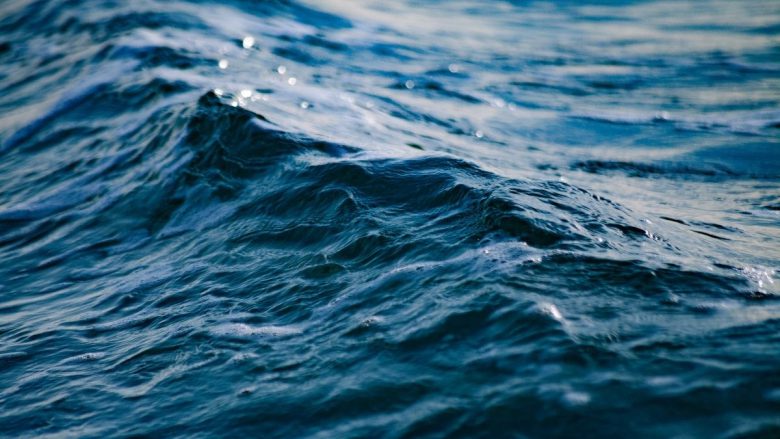
Water safety audits will be a part of most businesses’ health and safety plans if they have a location that welcomes workers or visitors. In school environments, healthcare settings, and other settings, it is frequently an important part of regulatory compliance, both in terms of general HSE regulations and industry-specific regulations.
Here, we take a closer look at the water audit process to help you understand why they’re important and what value they provide.
We recommend reading the guidance from a resource like the Water Hygiene Centre website for more information.
What is the scope of the audit?
Water safety audits are typically conducted once a year to collect data in order to gauge safety levels and to confirm that previous recommendations are being implemented.
Depending on the specific situation, the initial audit will most likely include significant safety recommendations. Certain designated members of staff will then be responsible for carrying out those recommendations and bringing the company into full compliance.
Internal responsibility distribution
The appointment of Responsible Persons and their associated employees will be one of the first steps in the water safety audit process. These will be the people in the audited company who are in charge of water safety; responsibilities, roles, and lines of communication will be established within this team.
As you can see, water safety audits entail more than just testing water sources. Rather, they lead to the implementation of systems that alter company culture by focusing on the formation of a core, accountable group.
Risk evaluations
The next step will be to conduct water risk assessments while also training staff members on how to conduct regular versions of these assessments. While external water hygiene companies will most likely conduct annual audits, businesses should conduct risk assessments far more frequently, possibly monthly.
These risk assessments will help to ensure that when an audit is conducted, nothing dangerous is discovered; rather, it will be an opportunity for expert external teams to come in and verify that the internal teams are performing their duties properly.
Implementing corrective actions
If hazardous environmental conditions are discovered during the audit, the auditing team will be able to recommend and oversee the implementation of corrective actions. It’s possible, for example, that high levels of Legionella pneumophila are discovered in the water system.
The removal of any places where water can stagnate in the system, as well as ensuring that any water sources where water is unavoidably stagnant for a period of time, are at acceptable low temperatures, would be remedial measures.
This would almost certainly be combined with periodic testing of these areas to ensure that the remedial measures are working. Water safety audits provide clear benefits beyond ‘just’ regulatory compliance; in the case of Legionella pneumophila, they can save lives by preventing Legionnaires’ disease outbreaks.
Learn more from business and read How To Get A Job In Canada.


